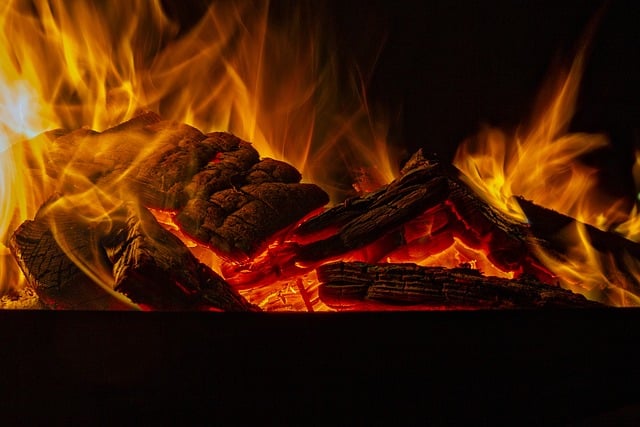
A thermodynamic magnitude is called enthalpy.
Discovering the etymological origin of the term enthalpy takes us to Greek and is the result of the sum of several lexical components of said language:
-The prefix en- , which can be translated as "inside" or "in."
-The verb thalpein , which is synonymous with "warm up."
-The suffix -ia , which is equivalent to "quality."
What is enthalpy
Enthalpy is a thermodynamic quantity that is equivalent to the sum of the internal energy of the body plus the multiplication of its volume by the external pressure. This magnitude is symbolized with a capital letter H.
What enthalpy does is reflect the amount of energy that a body exchanges with the environment . Its fluctuations, in this way, reveal the energy level that the body releases or absorbs.
Enthalpy variations, in short, express the amount of heat that a thermodynamic system (a body) loses or gains during the development of an isobaric process (that is, at constant pressure). The system in question, depending on the case, provides or receives energy that it exchanges with the external environment.

The enthalpy variation can be used to generate electricity.
Classification according to type
In addition to everything indicated, it is important to know that there are several types of enthalpy, among which we can highlight the following:
– Enthalpy of decomposition , which we can establish as the amount of energy that is released or absorbed at the moment in which a complex substance ends up generating substances that turn out to be simpler.
– Enthalpy of combustion , which occurs when the burning of one mole of substance takes place. Specifically, what happens is that in that case, with the presence of gaseous oxygen, it is the release or absorption of energy.
– Enthalpy of formation , which refers to the energy that is absorbed or released when one mole of substance proceeds to create a compound substance.
– Neutralization enthalpy , which refers to the energy absorbed or released when the mixture of a basic solution and an acid solution occurs.
However, we cannot ignore the existence of other types of enthalpy either, among which we can emphasize the so-called enthalpy of dissolution and what is known as the enthalpy of phase change .
Enthalpy expression units according to the system
In the International System of Units , enthalpy is expressed in joules , while in the Technical System of Units , it refers to calories .
Within the framework of the Anglo-Saxon System of Units , on the other hand, enthalpy is calculated in BTU (energy unit whose full name is British Thermal Unit ).
Standard variation
The change in enthalpy that occurs in a thermodynamic system when an equivalent unit of matter undergoes a transformation through a chemical reaction is known as a change in the standard enthalpy ( HO ). The result is usually expressed in kJ/mol .
These standard enthalpy variations can be of formation (the heat given or absorbed in the production of one mole of a compound), neutralization or combustion .
Finally, it should be noted that enthalpy variations can be used by magnetohydrodynamics for the generation of electricity .
